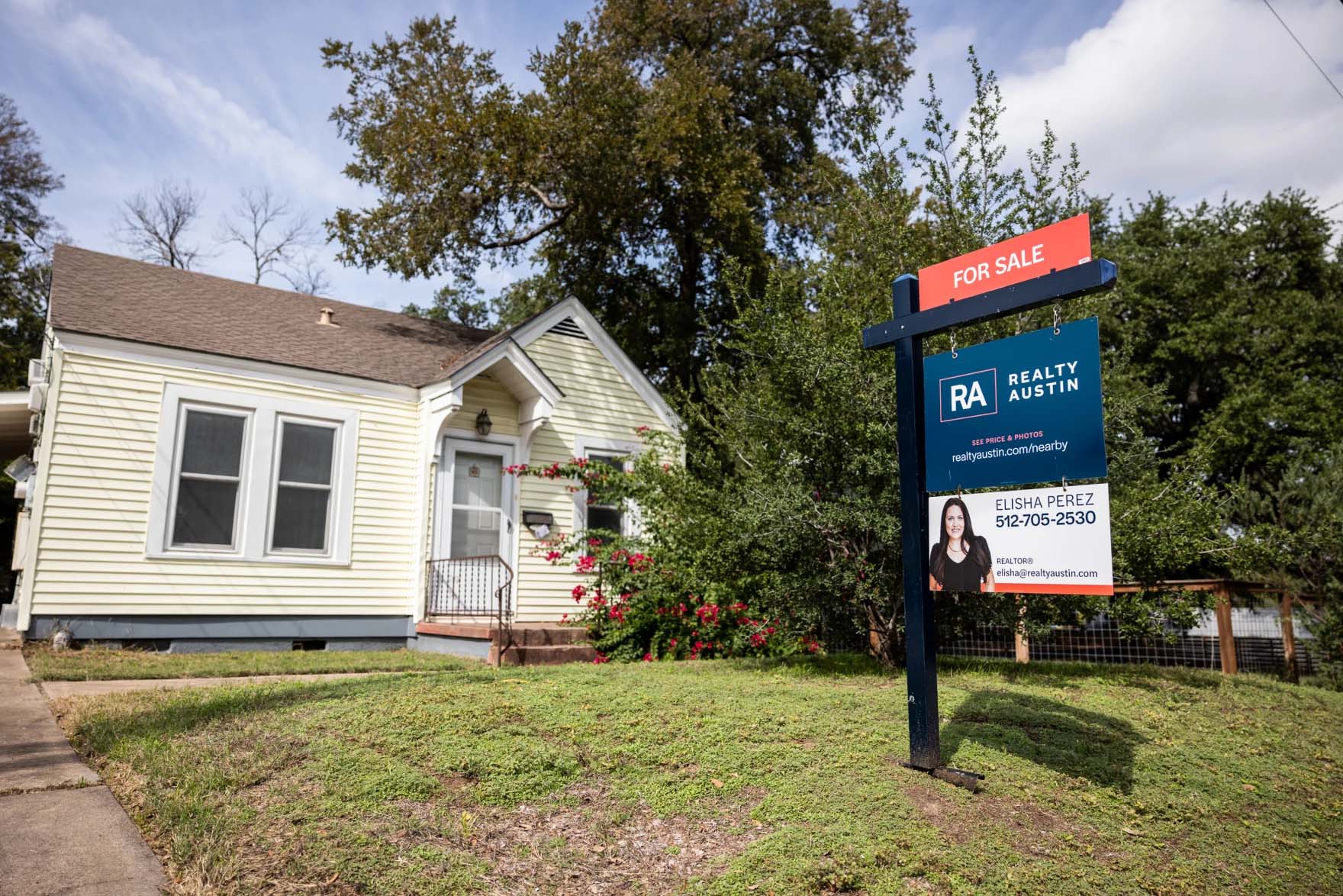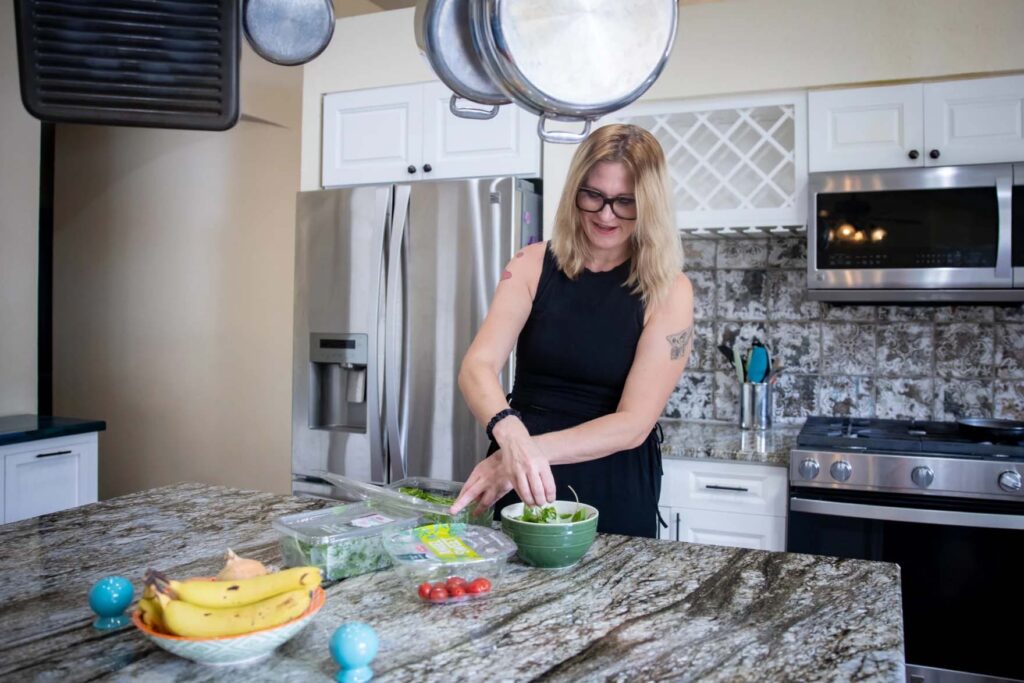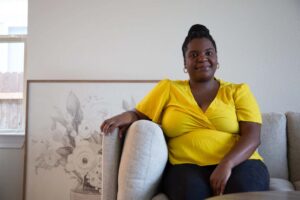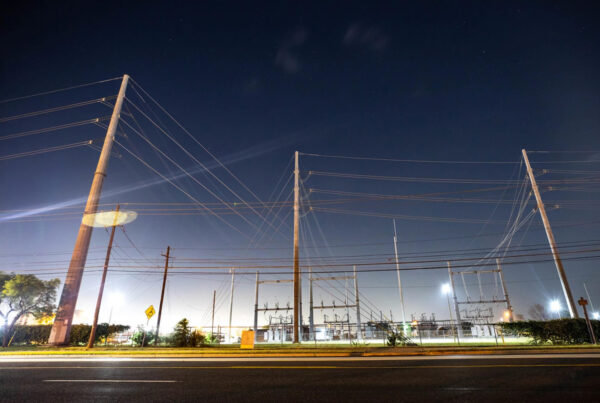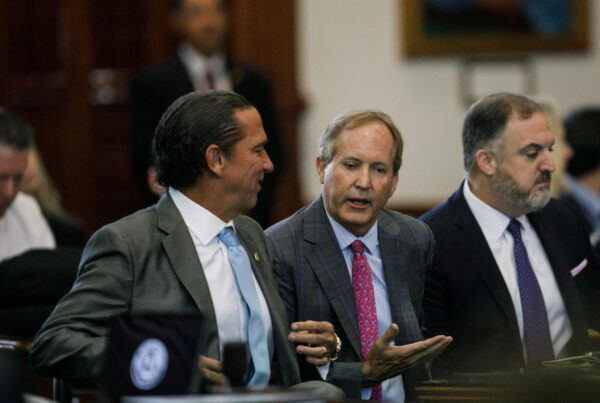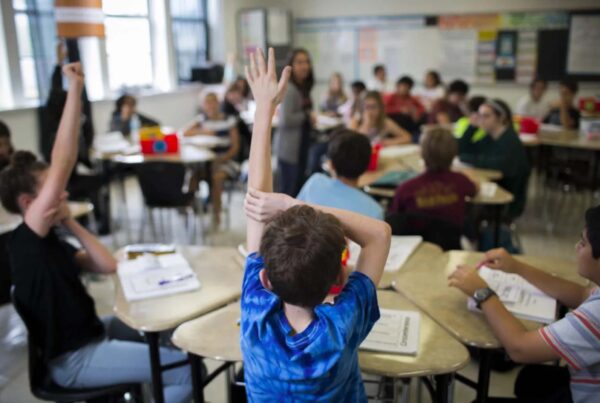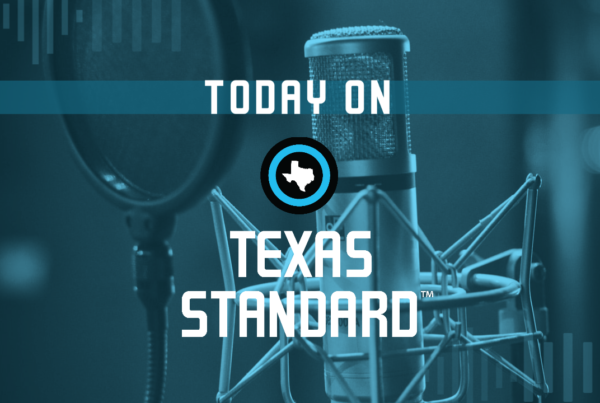From KUT:
When Lindsay Mader put her house up for sale earlier this year, she braced herself. For the past two years, the combination of plummeting mortgage interest rates and an influx of remote workers to Austin meant for-sale homes were in high demand. The result was a frenzy. Dozens of people bid to buy the same home, some of them offering $100,000 over the asking price.
Then, everything changed. Mortgage interest rates nearly tripled in a year. Buying a home became much more expensive and interested buyers dried up.
“We knew that the market was nowhere what it used to be,” Mader said. “But I don’t think we were adequately prepared.”
In May, Mader and her husband listed their North Austin home for $650,000. Then, they waited.
“The weeks just kept passing by and we were like, ‘What is going on?’” Mader, who works in communications for a local nonprofit, said. A handful of people came to tour the four-bedroom house near the Q2 Stadium, but no one wanted to buy it. The weeks turned into months.
So Mader and her realtor did something virtually unheard of in Austin real estate until recently: they lowered the price. Then they lowered it again. “It seemed with each time that we lowered it, we just weren’t getting that much attention, and that was really scary,” Mader said.
In late September Mader and her husband finally got an offer. It was $100,000 below the original asking price. Worried they wouldn’t get another shot, Mader and her husband decided to sell.
Austin’s housing market looks entirely different than it did two years ago. Gone are the days of dozens of offers, bids over asking price and waiving inspections. With higher mortgage interest rates, fewer people can afford to buy, and current homeowners are loath to sell, giving up their low interest rates and the promise of a high sales price.
As a result, homes are taking months to sell, and that’s if they sell at all.
What goes up must come down
For nearly two years, it felt like Austin’s housing market had no ceiling.
“It’s almost like everybody drank 10 shots of espresso because we were going so fast,” said Socar Chatmon-Thomas, a realtor and broker in the Austin area.
Starting at the end of 2020, in cities and towns across the country, there was a run on housing. Some people had been able to save money during the pandemic, their savings bolstered by government stimulus cash. As mortgage interest rates plummeted to historic lows, more people could afford to buy a house.
At the same time, Austin’s population surged, growing by 5% between 2020 and 2022. Tens of thousands of people, now freed from the reins of having to commute to an office, moved here from across the country to work remotely. Homebuyers flooded the market. Add to that a nationwide shortage of housing, and it felt like buying a home had become a feverish nightmare.
“Offers were coming in so quickly. Buyers had to make split-second decisions,” Chatmon-Thomas said. “You have 15 minutes to decide whether or not you want this house because there’s a line around the corner of people who are probably going to make an offer.”
Home prices soared. In 2021, the median sales price of a home in the Austin area rose 31%, according to data from the Texas A&M Real Estate Research Center. In a year, Austin went from being a city where you could buy a two-bedroom home in a central part of town for $350,000 to one where you’d be hard-pressed to find a house with a yard for less than half a million dollars.
But real estate experts at the time agreed these enormous price jumps couldn’t last for long. Soon, Austin would run out of people with enough wealth to buy such expensive homes.
“Austin is a market that grew too fast for its own good,” Ali Wolf, a senior economist at real estate research firm Zonda, told KUT.
A couple of months into 2022, mortgage interest rates began rising from historic lows. Even a 1% increase in mortgage interest rates can mean a substantive increase in a buyer’s monthly mortgage payment, cutting off people from the possibility of homeownership.
Couple these new rates with an incredible rise in prices, and the surge of interested buyers dried up. In response, home prices have dropped. Over the past year, the median sales price of a home in Austin has fallen 8%. And while home prices in cities like Philadelphia and Milwaukee are up after an initial drop, prices in Austin continue to fall. Researchers at Zillow found that out of the largest 50 U.S. metros, prices in Austin fell the most in September.


